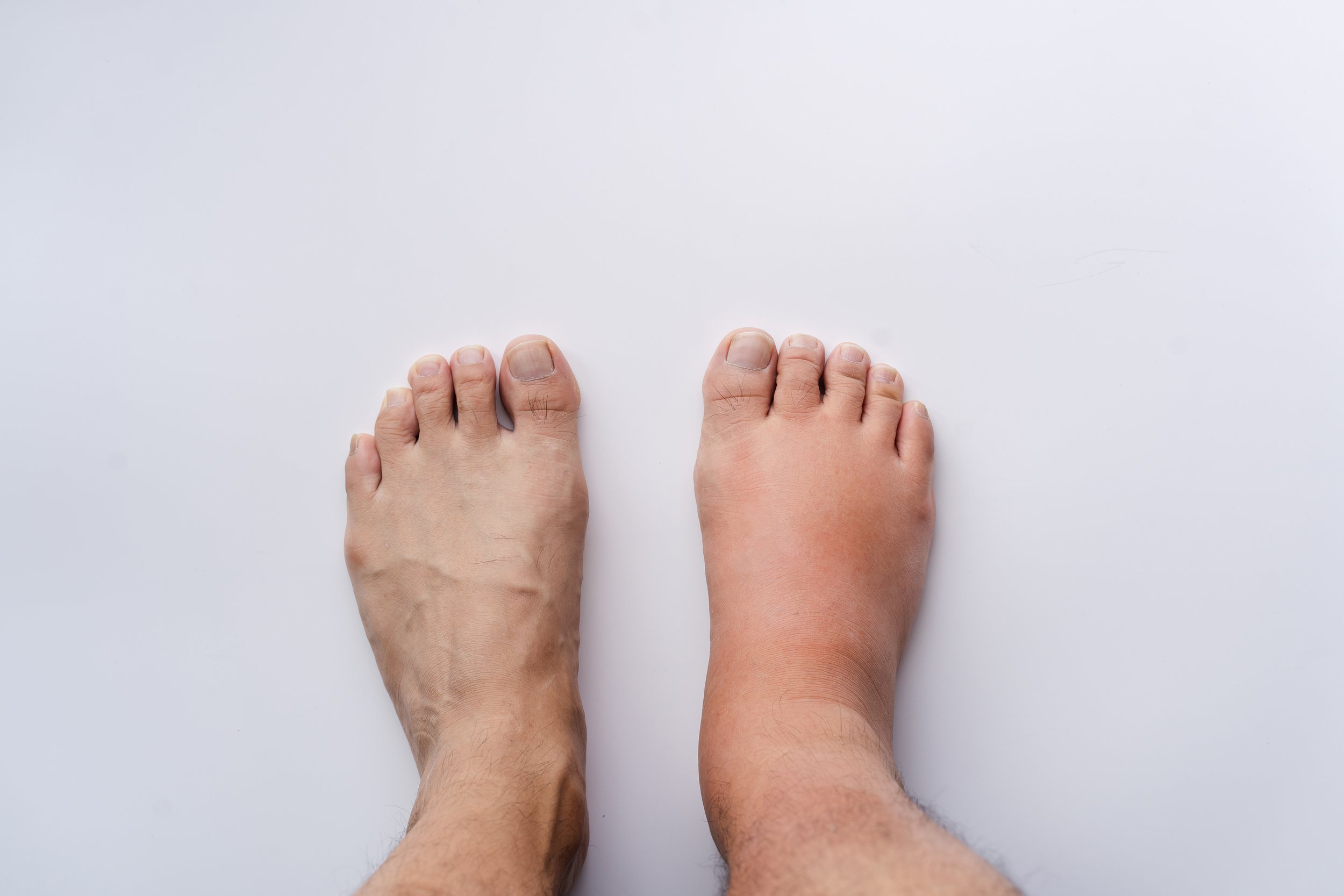Swelling (Edema) Could Be a Sign of Vein Disease
Swelling 一 medically known as edema 一 is a condition characterized by the accumulation of excess fluid in your body's tissues. While swelling can occur for various reasons, it’s important to recognize that it could also be an indicator of underlying vein disease.
Vein diseases, such as chronic venous insufficiency (CVI) and deep vein thrombosis (DVT), affect millions of people worldwide and can have serious implications if left untreated.
In this blog, our team of experts here at Vein Institute explore the connection between swelling and vein disease, helping you understand the importance of recognizing the signs and seeking appropriate medical attention.
Understanding Vein Disease
Vein disease refers to conditions that affect the veins, the blood vessels responsible for returning deoxygenated blood back to the heart. When your veins fail to efficiently transport blood, it can lead to a range of symptoms and complications. Two common vein diseases associated with swelling are CVI and DVT.
Chronic Venous Insufficiency (CVI)
CVI occurs when the valves within the veins become damaged or weakened, hindering blood flow from the legs back to the heart. This results in blood pooling in the lower extremities, causing symptoms like swelling, pain, aching, and heaviness in the legs.
Swelling, particularly around the ankles and calves, is a hallmark symptom of CVI. If left untreated, CVI can progress and lead to more severe complications, such as venous ulcers.
Deep Vein Thrombosis (DVT)
DVT is a condition where a blood clot forms in the deep veins of the body, commonly in the legs. This clot can impede normal blood flow, leading to swelling, pain, warmth, and redness in the affected area.
While DVT can occur without noticeable symptoms, swelling is often a telltale sign. It is crucial to identify DVT early, as the clot can dislodge and travel to the lungs, causing a potentially life-threatening condition called pulmonary embolism.
Recognizing the Signs
While swelling can occur due to various reasons, certain characteristics can help differentiate between normal swelling and swelling associated with vein disease:
Persistent swelling: Swelling caused by vein disease tends to be chronic and persistent. It may worsen after prolonged standing or sitting and improve with leg elevation or rest.
Location of swelling: Vein-related swelling often occurs in the lower legs, ankles, and feet. If you notice one-sided swelling or swelling that affects primarily one leg, it may indicate vein disease.
Associated symptoms: In addition to swelling, vein disease may cause discomfort, pain, cramping, heaviness, or aching in the legs. Visible varicose veins or spider veins can also be present.
Seeking Medical Attention
If you experience persistent swelling, particularly in conjunction with other symptoms associated with vein disease, it is crucial to consult with our team here at Vein Institute. Our team of experts perform a thorough evaluation, which may include a physical examination, medical history review, and diagnostic tests such as ultrasound to assess your venous system. Early detection and proper treatment can help manage symptoms, prevent complications, and improve your quality of life.
Treating Edema: Know Your Options
Treatment for vein disease depends on the underlying condition and its severity. Common treatment options include:
Lifestyle Modifications
Making certain lifestyle changes, such as exercising regularly, maintaining a healthy weight, elevating your legs, and avoiding prolonged periods of sitting or standing, can help alleviate symptoms and improve venous circulation.
Compression Therapy
Wearing compression stockings or bandages can help improve blood flow by applying gentle pressure on the legs, reducing swelling, and relieving discomfort.
Need new stockings? Use our easy-to-use form.
Medications
In some cases, medications may be prescribed to relieve symptoms, prevent blood clots, or improve vein function.
Minimally Invasive Procedures
For more severe cases, minimally invasive procedures like endovenous ablation, sclerotherapy, or vein stripping may be recommended to treat the underlying vein issues and alleviate symptoms.
The Key Takeaways
Swelling, especially when accompanied by other symptoms like pain and heaviness, should not be ignored, as it could be an indication of underlying vein disease. Understanding the connection between swelling and vein disease can help you recognize the signs early and seek appropriate medical attention.
Prompt diagnosis and treatment are vital to managing symptoms, preventing complications, and improving your overall vascular health. If you experience persistent swelling or suspect vein disease, call the Vein Institute location closest to you. You can also book your appointment online quickly and easily.
References:



